Does Baking Soda Make Hydrangeas Bloom Better? The Truth Behind This Viral Gardening Hack
If you've been tempted to try adding baking soda to your hydrangeas, then you need to know whether this hack will really boost blooms or do more harm than good.

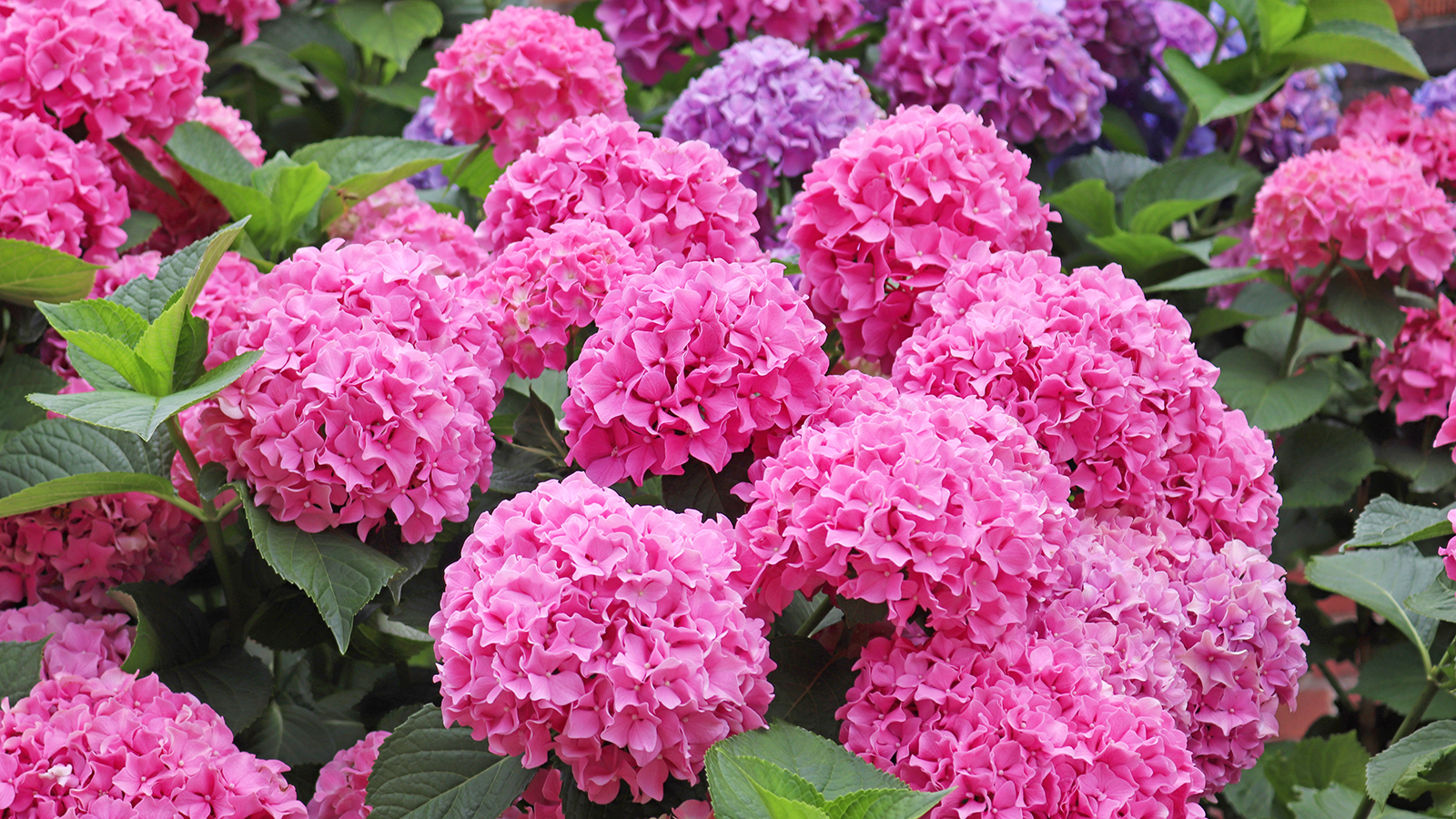
It sounds like magic – sprinkle a little baking soda around your hydrangeas and wait for them to erupt with fuller, more vibrant blooms. Garden forums rave about this viral hack. Social media is flooded with posts promising it will change your flower game. But is there any real science behind this so-called garden miracle – or are you risking harming your beloved plants?
Hydrangeas are prized for their stunning blooms and versatility, and often take a starring role in landscape designs. With so many gardeners keen to keep these shrubs looking their best, it's no wonder that hydrangea care tips are constantly circulating online. Using baking soda on plants has emerged as a favorite gardening hack in recent years, and its impact on hydrangeas is currently in the spotlight.
If you've been tempted to reach for the baking soda box, here’s what you need to know before you dust your flowerbeds.
Why Use Baking Soda on Hydrangeas?
The origin of the baking soda hydrangea hack likely stems from one key fact: hydrangea bloom color is influenced by soil pH. Gardeners chasing a blush-pink flower instead of a blue one are often told to increase soil alkalinity. Since baking soda (sodium bicarbonate) is alkaline, it seems like a logical shortcut.
This idea then morphed. Instead of just shifting color, baking soda was soon credited with preventing powdery mildew, improving plant health, and making blooms last longer. With each retelling, its powers grew.
But here’s the problem: the science doesn’t back it up.
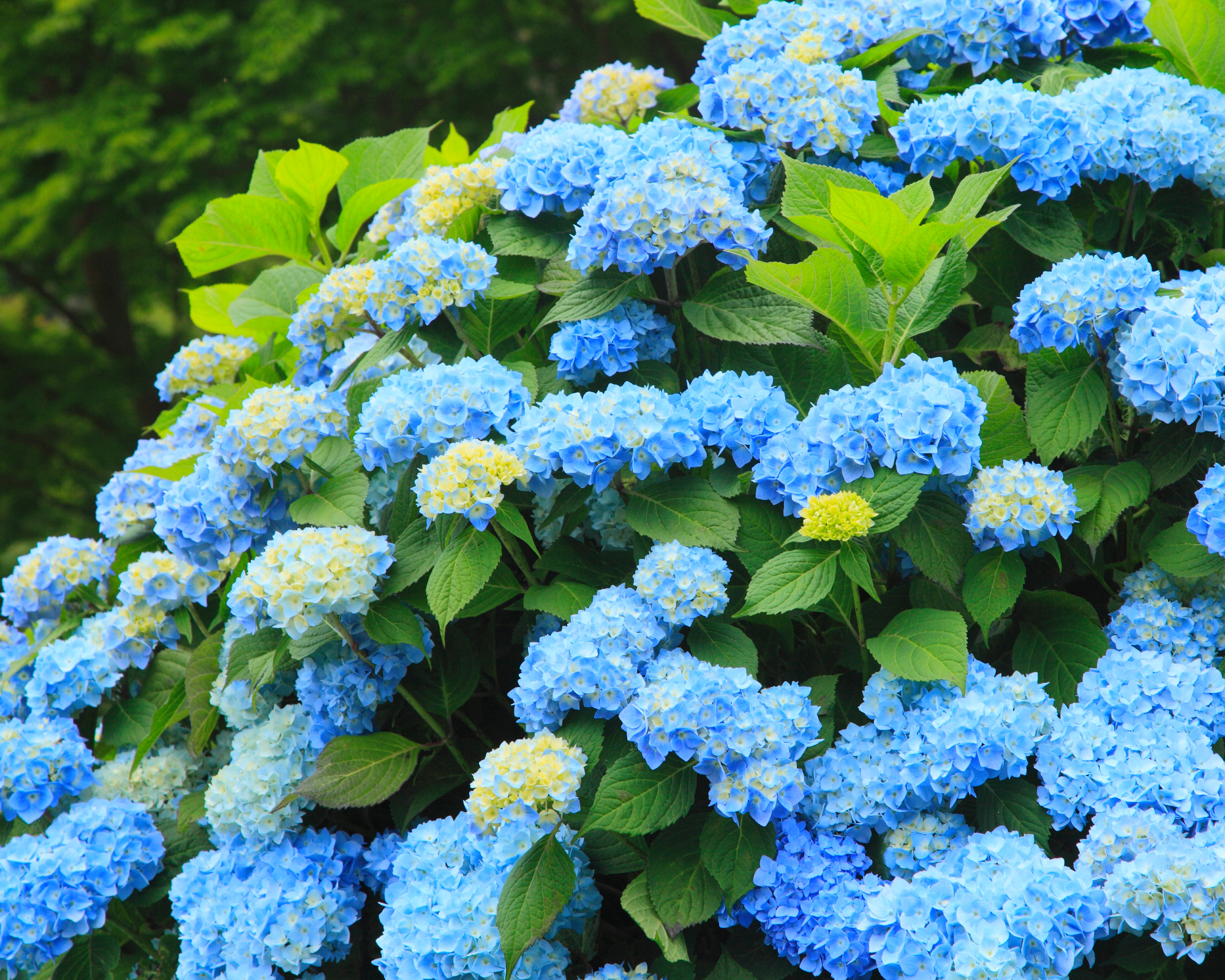
What Baking Soda Actually Does (and Doesn't Do)
Baking soda is mildly alkaline, but it’s a very short-lived solution in the soil. When applied to the ground around your hydrangeas, it will briefly raise the pH in a narrow zone – and then disappear with the next watering or rain. Worse, it can leave behind sodium, which accumulates in the soil over time.
Sign up for the Gardening Know How newsletter today and receive a free copy of our e-book "How to Grow Delicious Tomatoes".
This buildup of sodium disrupts nutrient uptake, compacts soil, harms beneficial microbes, and can even damage root systems. You may not notice it right away, but repeated use can degrade your soil quality season after season. In container gardens or raised beds, the damage may happen faster because the soil has nowhere for the excess to drain.
As a foliar spray, baking soda can offer some surface protection against fungal spores, especially powdery mildew. But it's weak, temporary, and can burn leaves if misapplied or sprayed in full sun. Professional-grade treatments are far more reliable and less risky.
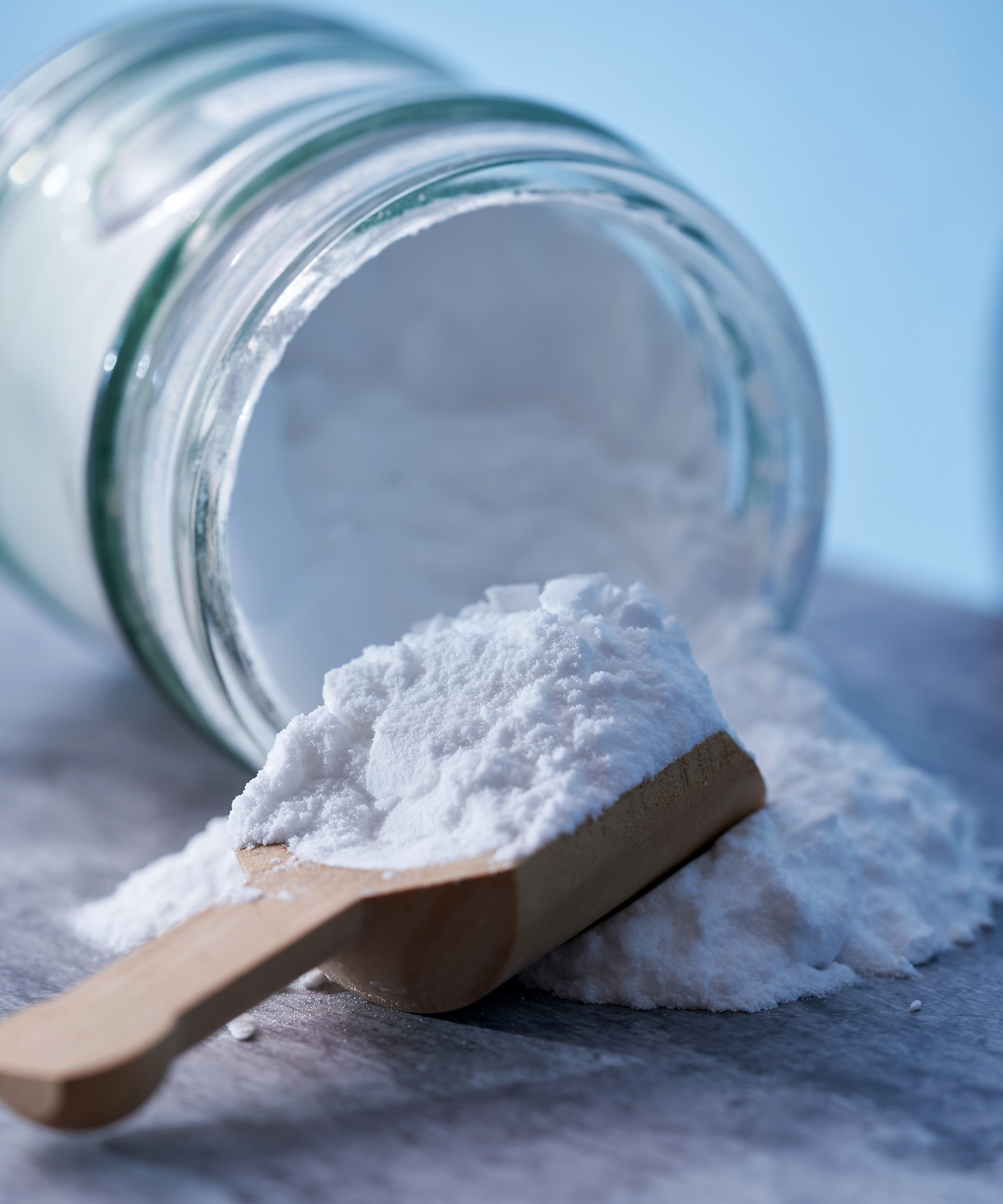
Why the Internet Loves it Anyway
Gardeners are tinkerers. When something simple and cheap seems to work, it spreads fast. Some people do report prettier blooms after trying baking soda, but that might be due to other changes in their care routine – watering more, adjusting feeding, or even placebo effect.
This is classic viral hack behavior: a small anecdote goes wide, becomes doctrine, and resists correction even when the facts disagree. But your hydrangeas deserve better than garden hearsay.
The Real Way to Change Hydrangea Color
If you want pink flowers, the key is to raise the pH of your soil slowly and sustainably. That means using dolomitic lime – available from Amazon – which not only nudges the pH higher but also adds calcium and magnesium – nutrients that support healthy growth. For blue blooms, aluminum sulfate or elemental sulfur are your go-to amendments to lower the pH. This Gardenwise Slow Release Hydrangea Fertilizer from Amazon helps to acidify the soil.
These substances work gradually and predictably. Unlike baking soda, they don't dump sodium into your soil or disappear after the first rain.
Fighting Powdery Mildew the Smart Way
Powdery mildew is a common hydrangea issue in humid regions. While baking soda may offer short-term surface resistance, better options include neem oil (from Amazon), or a potassium bicarbonate spray. To make a spray, mix 1 tablespoon of neem oil or potassium bicarbonate (from Amazon) with 1 gallon of water and ½ teaspoon of liquid soap (not detergent). Alternatively, you could try a diluted milk solution (more on that below). All of these remedies have proven antifungal properties and are less likely to burn leaves.
In addition to treatments, prevention goes a long way. Prune hydrangeas to encourage airflow, water early in the day to allow leaves to dry, and avoid overhead watering if you can. Healthy air circulation is your best defense.
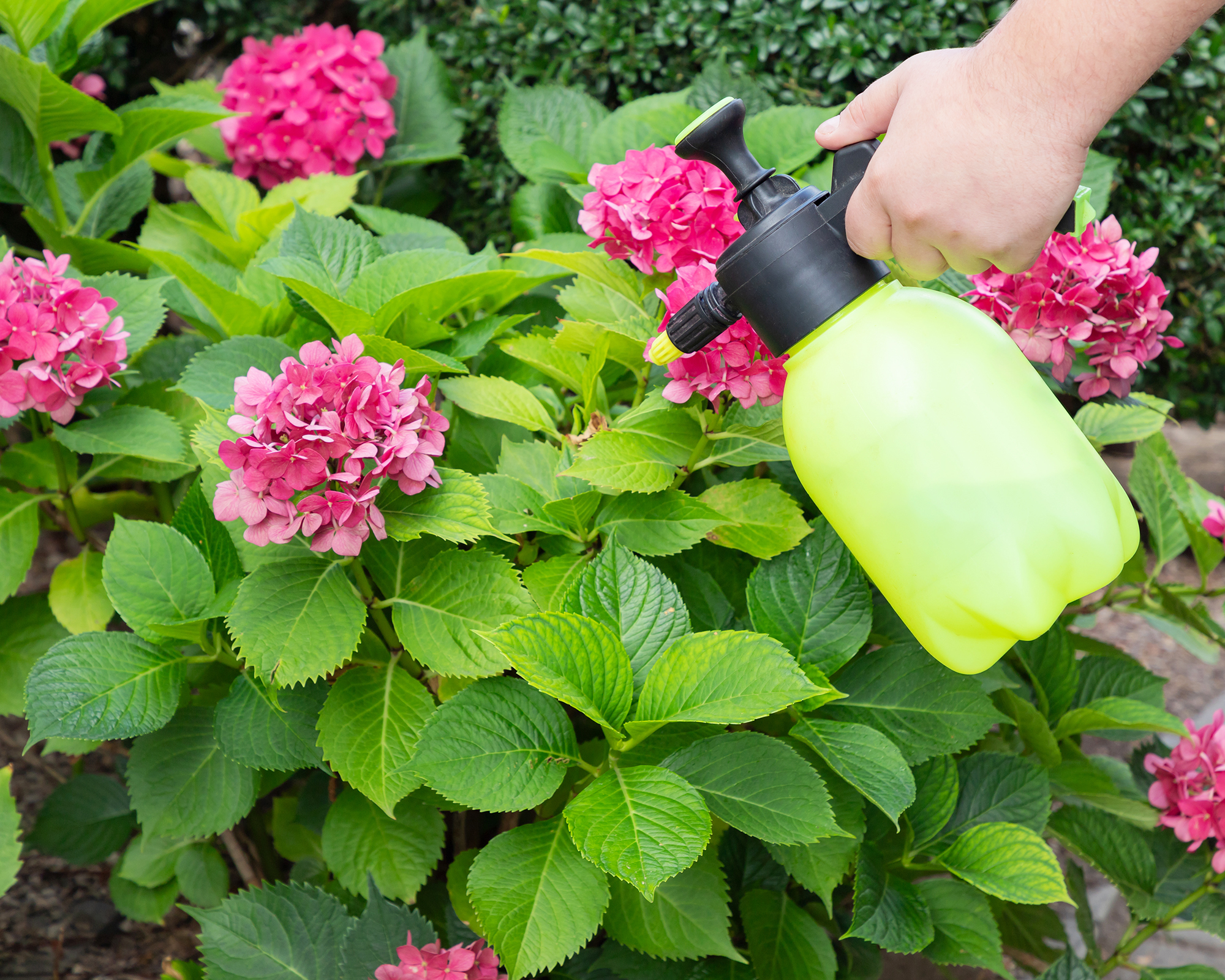
If You're Still Tempted to Try It...
Let’s be honest: gardeners love to experiment. So, if you're still curious, here’s the least harmful way to give baking soda a go:
Dissolve 1 teaspoon of baking soda in 1 gallon of water, and apply it as a light mist on hydrangea leaves – early morning or late evening only. Avoid direct sun, and test on a small area first. Rinse the plant the next day with clean water. Do not apply directly to the soil, and don’t repeat more than once every two weeks.
But remember: this is more of a garden curiosity than a proven practice.
Try These Smart Gardening Hacks Instead
If you're looking for clever ways to raise your hydrangea game – without damaging your soil – these four alternative hacks offer real benefits without the side effects.
1. Coffee Grounds for Bluer Blooms
Skip the baking soda and reach for your morning brew leftovers. Used coffee grounds are slightly acidic and can subtly shift your soil's pH toward the blue bloom range. Even better, they feed your soil with organic matter and support microbial health. Just scatter a thin layer around the base of your hydrangeas and water it in.
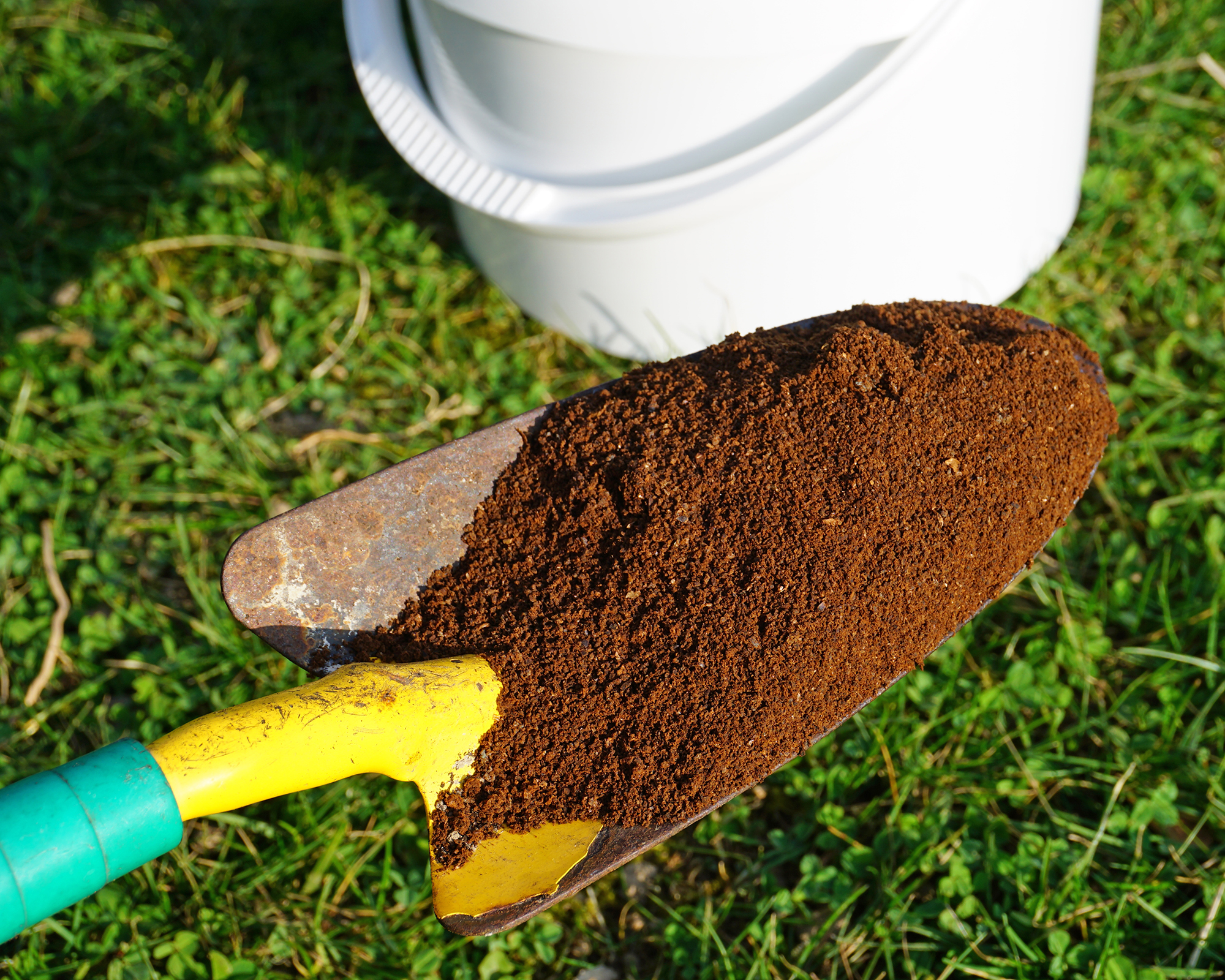
2. Banana Peels as a Bloom Booster
Instead of tossing them in the trash, chop up banana peels and bury them just beneath the soil surface around your plants. They break down slowly, releasing potassium and phosphorus – two essential nutrients that support stronger stems and richer blooms. It's a zero-cost trick for long-term results.
3. Milk Spray to Fight Mildew
It sounds strange, but it works. Mix one part milk with ten parts water and spray the mixture on hydrangea leaves once a week in early morning. Milk contains antifungal enzymes that help prevent powdery mildew – without burning leaves or altering soil health. Just avoid using it in full sun or on already-wet foliage.
4. Eggshells for Soil Stability
Crushed eggshells can add a gentle calcium boost to your soil and help stabilize pH over time. Dry them thoroughly, grind into small pieces, and sprinkle around your hydrangea roots. While they won’t dramatically alter flower color, they support strong cell walls and slow-release nutrients – especially helpful in raised beds or containers.
Baking soda may seem like a budget-friendly flower fix, but it delivers little long-term benefit and carries real risks to soil health. If you’re after bigger blooms, vibrant color, and healthier hydrangeas, rely on solid garden science: test your soil – this pH testing kit from Amazon will do the job – use proper amendments, and give your plants what they truly need.
Hydrangea lovers, take note: the next time a tip sounds too good to be true, it probably is.
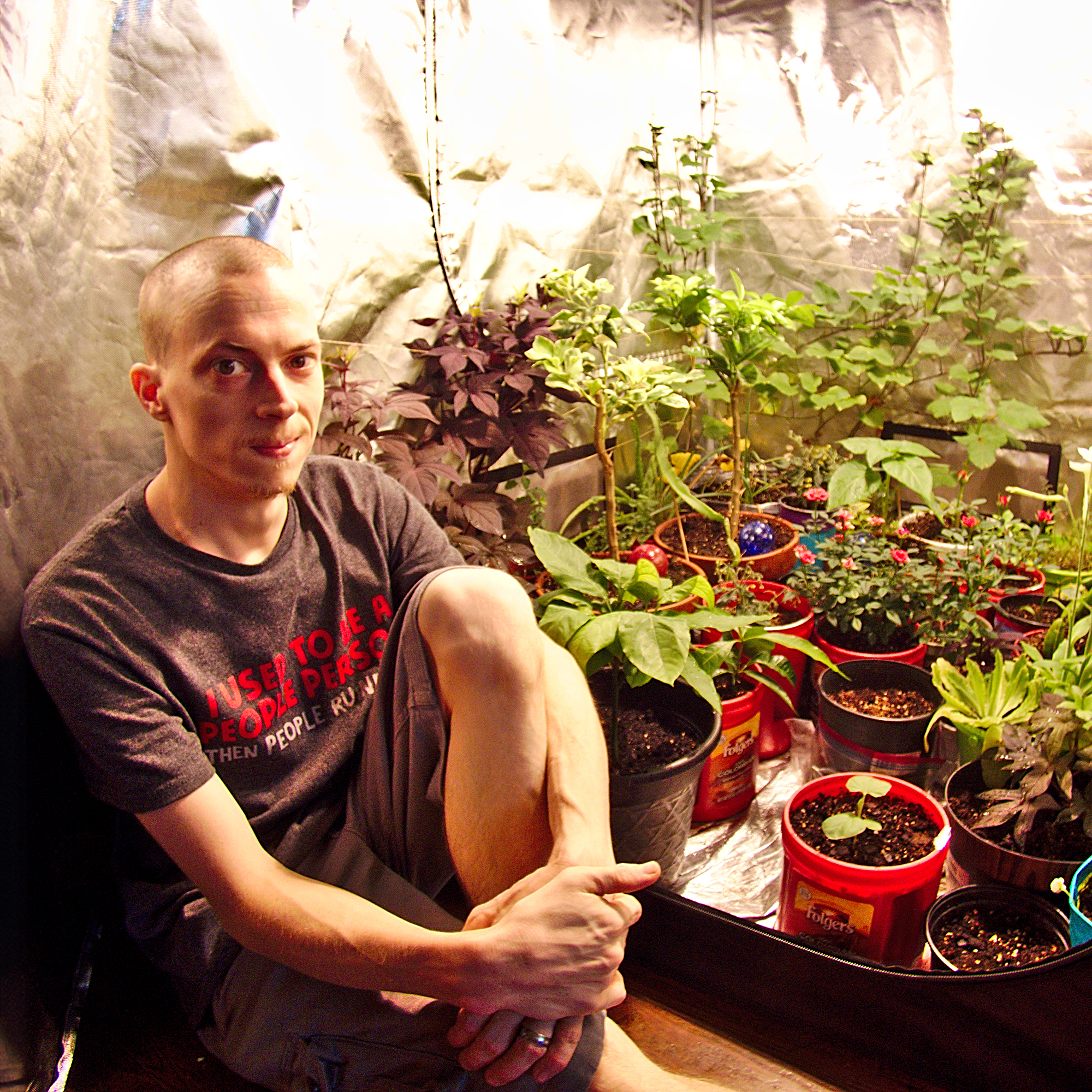
Tyler’s passion began with indoor gardening and deepened as he studied plant-fungi interactions in controlled settings. With a microbiology background focused on fungi, he’s spent over a decade solving tough and intricate gardening problems. After spinal injuries and brain surgery, Tyler’s approach to gardening changed. It became less about the hobby and more about recovery and adapting to physical limits. His growing success shows that disability doesn’t have to stop you from your goals.